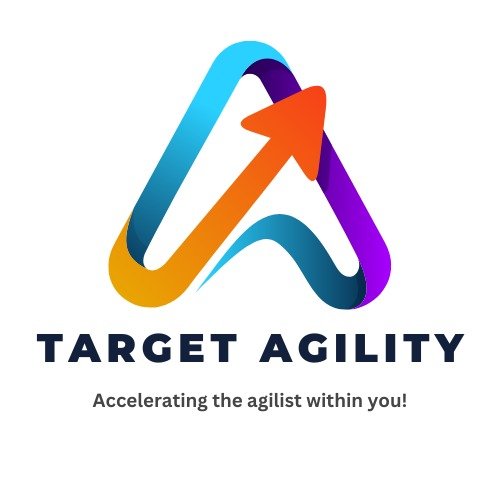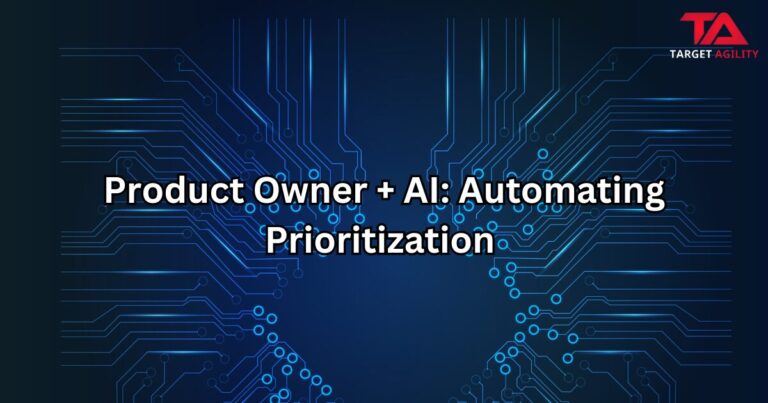In today’s fast-changing business world, companies need to be quick, flexible, and focused on delivering value. That’s why many organizations are turning to SAFe 6.0—the latest version of the Scaled Agile Framework—to manage work across teams and departments. A key part of SAFe is Lean Portfolio Management (LPM), which helps organizations connect big-picture strategy with day-to-day work.
Why Traditional Project Management Falls Short
Old-school project management often involves long planning cycles, strict budgets, and slow decision-making. This can lead to delays, wasted money, and work that doesn’t match business goals. Agile helps solve this by breaking work into smaller pieces, encouraging collaboration, and adapting to change.
But when large organizations try to go agile, they need a structured way to scale it. That’s where SAFe 6.0 and Lean Portfolio Management come in.
What is Lean Portfolio Management (LPM)?
LPM helps organizations make sure the work being done actually supports their goals. It focuses on using resources wisely, managing teams smoothly, and measuring progress in a way that reflects real business value—not just tasks completed.
LPM in SAFe 6.0 has three main parts:
- Strategy and Investment Funding
This ensures money goes to the right projects at the right time. Instead of setting budgets once a year, companies can adjust funding based on current priorities and results. - Agile Portfolio Operations
This is about keeping different teams and programs working together. The traditional Project Management Office (PMO) becomes more agile, helping teams coordinate and remove roadblocks. - Lean Governance
Instead of strict controls and heavy paperwork, lean governance uses lightweight rules, real-time data, and clear goals like OKRs (Objectives and Key Results) to guide teams and measure success.
Benefits of Using LPM with SAFe 6.0
Using Lean Portfolio Management with SAFe 6.0 can bring many advantages:
- Better Alignment: Teams work on things that truly matter to the business.
- Faster Delivery: Less delay means products and features reach customers quicker.
- More Transparency: Everyone can see what’s happening and why.
- Empowered Teams: Teams can make decisions and act quickly, within clear boundaries.
- Flexibility: Companies can shift focus fast if priorities or markets change.
Getting Started with LPM
Adopting LPM is more than just changing tools—it’s about changing how people think and work. Here are some steps to begin:
- Teach leaders and teams the basics of agile and lean thinking.
- Set up simple systems like a portfolio Kanban board to track work.
- Train key roles like Epic Owners and Portfolio Managers.
- Use real-time data to guide decisions and track progress.
Conclusion
Lean Portfolio Management in SAFe 6.0 helps organizations stay aligned, move faster, and focus on what really matters. It connects long-term strategy with everyday work, making agile practices stronger and more effective. Whether you’re new to SAFe or already using it, adding LPM can help you deliver more value with less waste.











